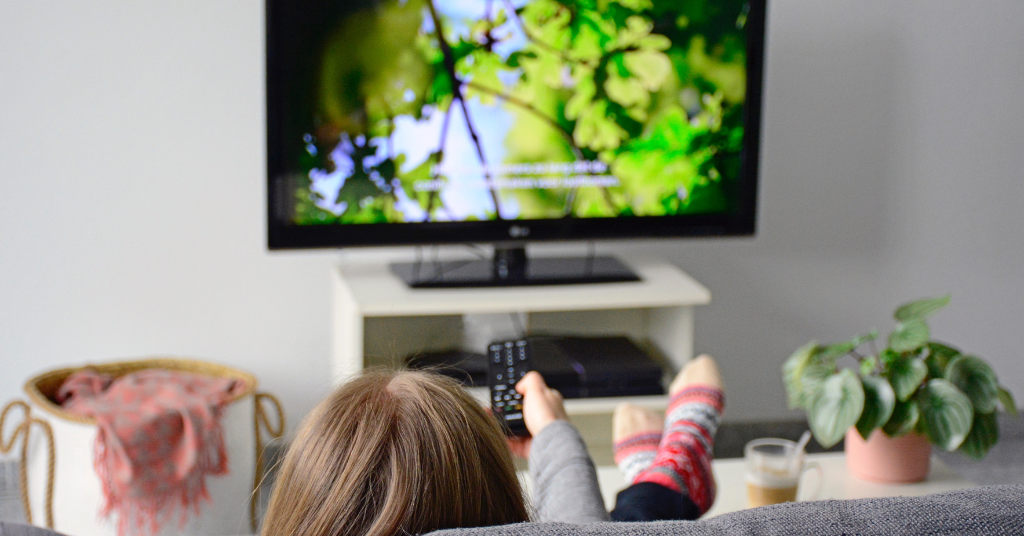
Nyle DiMarco calls for better captioning in cinemas after screening of ‘Black Panther’
February 26, 2018
How social media is changing the lives of deaf teens
February 28, 2018Can’t hear the T.V.? 3 tips for watching television with hearing loss

Is hearing loss spoiling your enjoyment of watching television?
If you have trouble following what is being said on television, you are not alone. According to NIDCD’s estimates, approximately 28.8 million U.S. adults could benefit from using hearing aids.
Here are 3 tips for getting the most out of watching television with hearing loss.
On average, American adults aged 50+ spend 6 hours 45 minutes per day watching television, according to The Total Audience Report. That’s a large proportion of the day potentially not being able to follow what is being said.
In fact, having trouble hearing and understanding the TV is one of the first indicators of a hearing loss, according to Phonak audiologist Shin-Shin Hobi.
“‘My family complains I have the volume too high; It is like the actors are all mumbling; Watching the news is okay but movies can be difficult,’ These are common statements I heard many times during the day from my clients, she says.
So, how can someone with hearing loss improve accessibility to television shows?
Tip 1: Use Closed Captions
Closed captioning refers to text which includes both the dialogue and a written description of what you are not hearing if you have hearing loss. For example, ‘footsteps approaching’, ‘telephone ringing’, etc.
If your hearing loss is making it difficult for you to follow the dialogue and plot of what you are watching, you may benefit from using closed captions.
If after using captions to watch TV, you realize you were missing a lot of dialogue and background noise, it may be time to consider Tip 2.
Tip 2: Use Hearing Aids
For many people with hearing loss, hearing aids will improve their understanding of dialogue on TV. Most modern hearing aids have programming options to provide multiple settings. Speak to your hearing care professional about the best setting/program for your personal hearing needs with regard to watching TV.
Many hearing aids also have a volume control button or the capacity to have the volume adjusted by use of a remote control, which means you can change the level of volume to suit your needs, without disturbing other people watching TV with you.
Tip 3: Use a Hearing Accessory
There are accessories to help users hear the TV better. Sometimes known as assistive technology, these accessories work together with your hearing aids.
New hearing aids, such the Phonak Audeo B-Direct, also allows for connectivity to a TV or stereo system through a compact multimedia hub called Phonak TV Connector. This plug and play solution turns hearing aids into wireless headphones, allowing individuals to enjoy their favorite TV programs and movies in excellent stereo sound quality.
Another option is the TVLink, which improves speech understanding by turning Phonak hearing aids into wireless stereo headphones for TV. In contrast to the Phonak TV Connector, it must be used in combination with ComPilot or ComPilot Air).
Read more: Why TV is good for people with hearing loss
If you’d like to discuss your hearing loss, make an appointment to see a hearing care professional. Find a hearing care professional near you.




